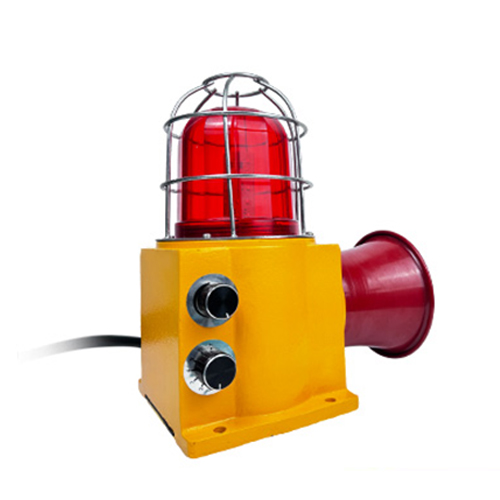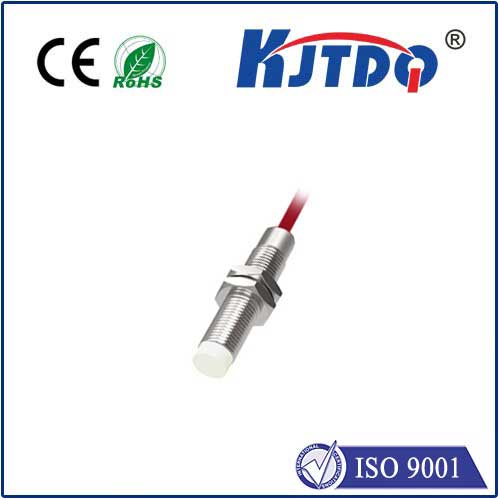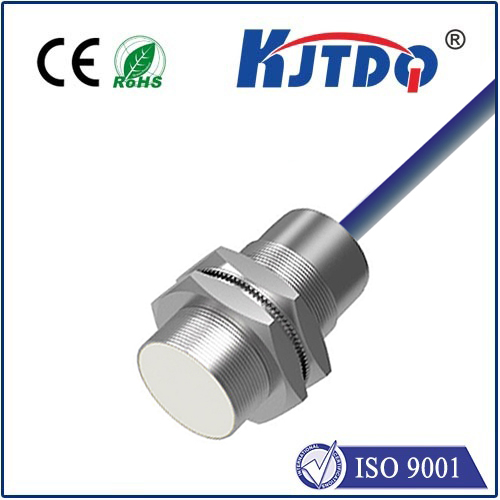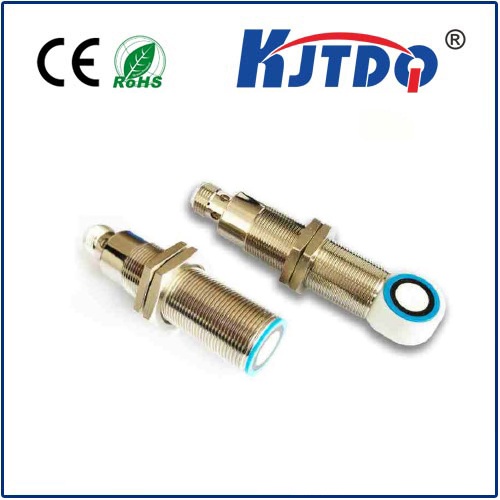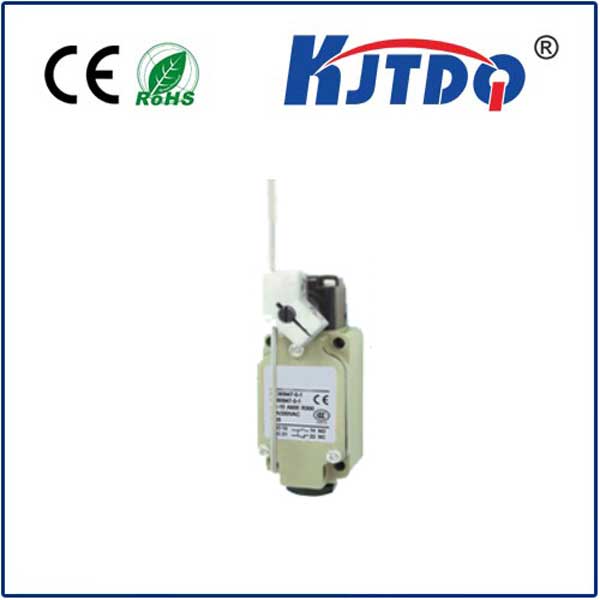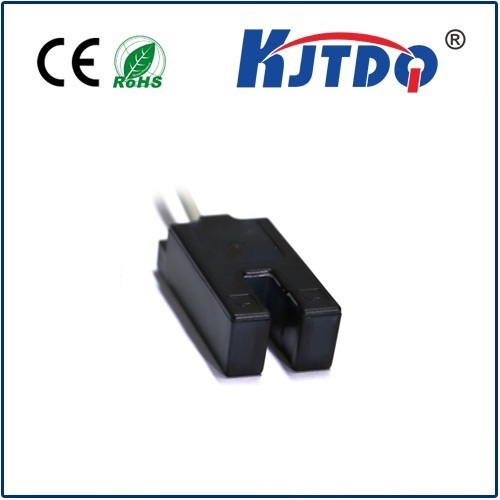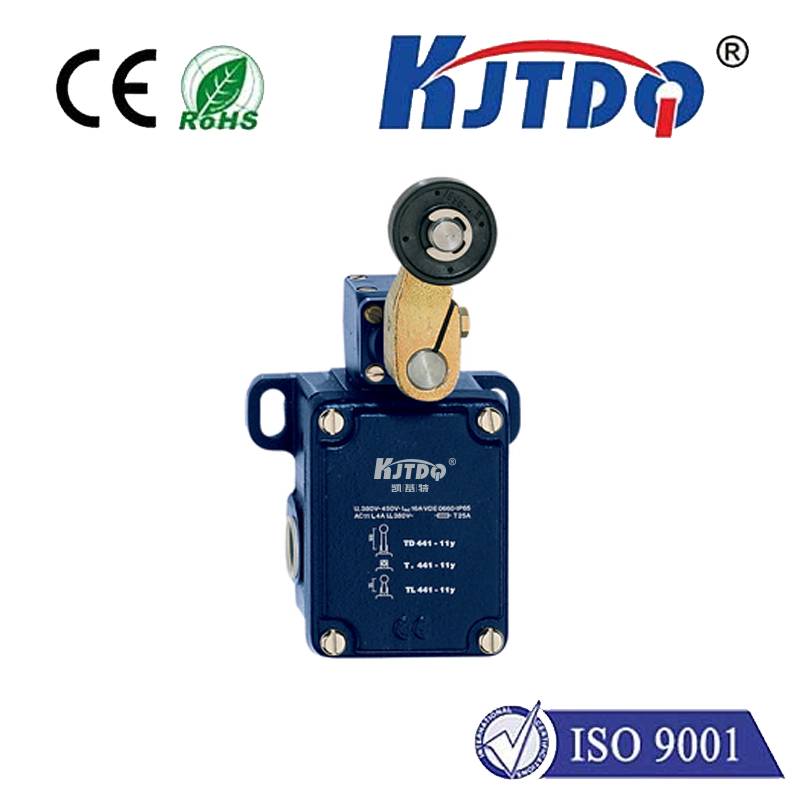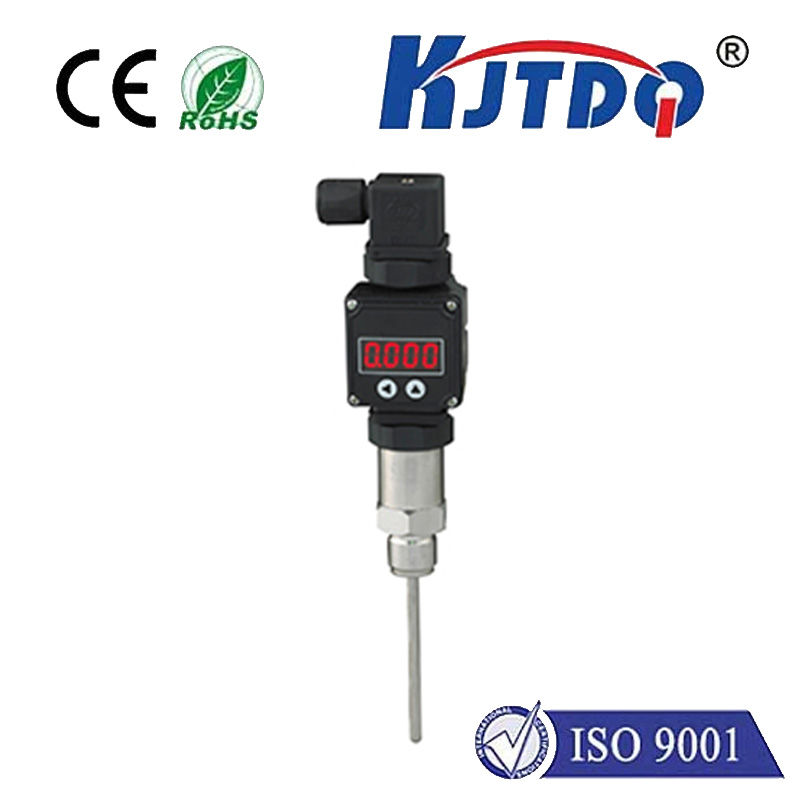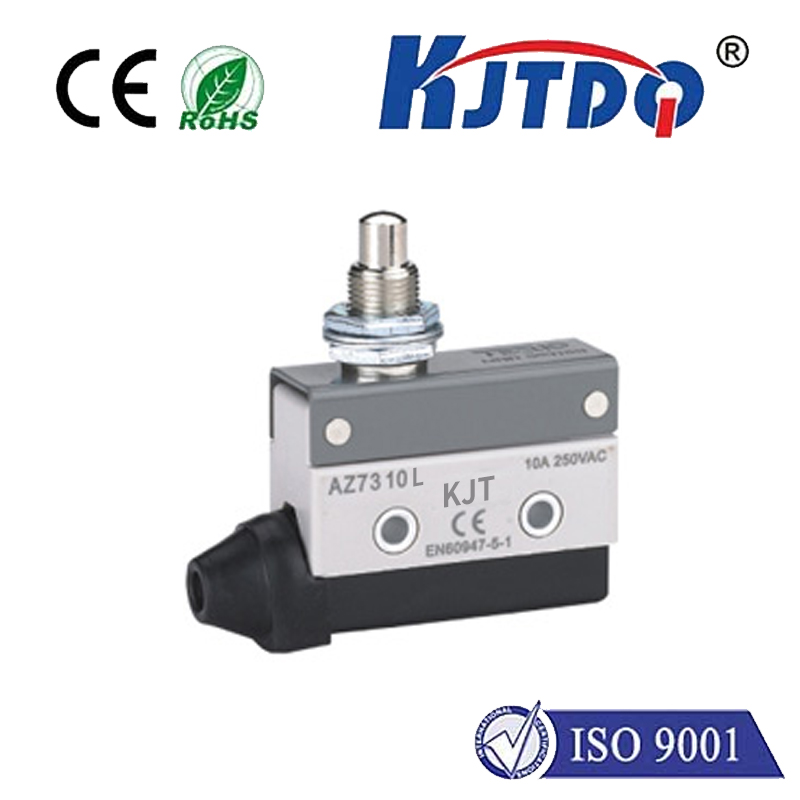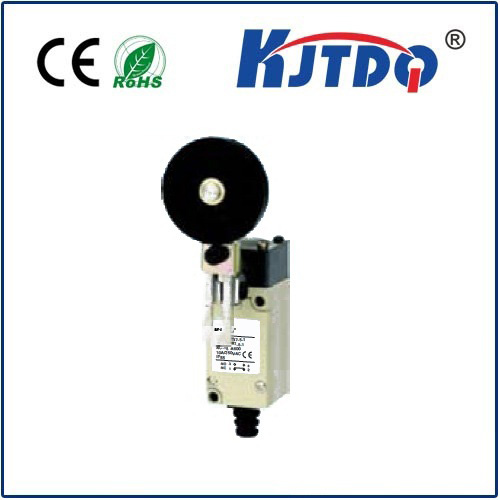

check

check

check

check

check

check

check

check

check

check
Title: Unraveling the Mystery of Laser Displacement Transducer
As we delve into the world of cutting-edge technology, a fascinating concept has caught our attention: the laser displacement transducer. This innovative device has revolutionized the way we perceive sound and is set to change the landscape of audio equipment forever. In this article, we will explore the intricacies of this extraordinary tool, shedding light on its principles, applications, and future prospects.

At its core, a laser displacement transducer works by measuring the distance between two mirrors or lenses that are coated with a thin film of liquid. When a laser beam is directed at these mirrors, it causes the liquid in the film to move, creating a pattern of ripples known as a displacement profile. By analyzing this profile, the transducer can determine the direction and intensity of sound waves, providing accurate information about the source and quality of the sound.
One of the main advantages of this technology is its high precision and sensitivity. The smaller the wavelength of the laser, the higher the resolution and accuracy of the measurement. Additionally, the use of liquid as a medium allows for greater flexibility and durability compared to traditional mechanical sensors. This makes it suitable for a wide range of applications, from audio monitoring to environmental sensing.
In the field of audio equipment, laser displacement transducers have already made significant contributions. They allow for more accurate and detailed measurements of sound pressure levels, which can be used to optimize speaker placement and enhance listening experience. Furthermore, they can also detect minute variations in sound quality, such as distortions or imbalances, enabling manufacturers to produce higher-quality products.
Looking towards the future, there are numerous possibilities for further development and application of laser displacement transducers. One area of interest is in the creation of ultra-high-resolution sound systems that can distinguish between individual notes or instruments with unprecedented clarity. Another potential use is in medical devices that require precise measurement of sound waves for diagnostic purposes.
In conclusion, the laser displacement transducer is a powerful and versatile tool that has opened up new avenues for sound detection and analysis. Its unique properties make it an ideal candidate for a variety of applications, from audio equipment to scientific research. As technology continues to evolve, we can expect even more exciting innovations in this field, transforming the way we interact with sound and each other.
